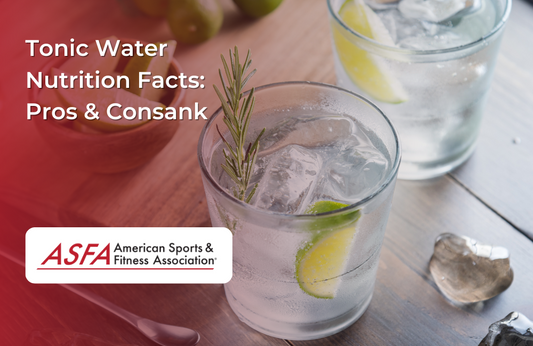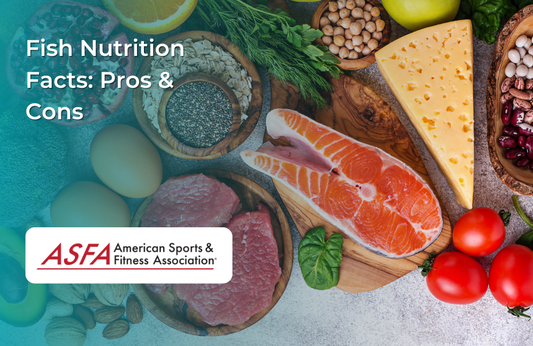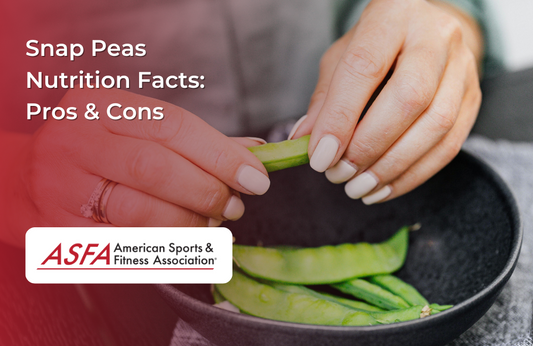Starting a fitness blog is a great way to share knowledge, build an audience, and create an additional income stream. However, standing out in a crowded space requires more than just posting workout tips. A successful fitness blog needs valuable content, strong branding, and a strategy for growth.
Define Your Niche
Choosing a specific fitness blog niche helps attract the right audience and makes content more impactful. Instead of covering general fitness, consider specializing in:
-
Strength training for beginners
-
Functional fitness for athletes
-
Weight loss strategies
-
Home workouts and bodyweight training
-
Nutrition for performance
-
Postpartum fitness
A well-defined fitness niche positions a blog as an authority in that space and makes it easier to grow a loyal audience.
Understanding Your Fitness Blog
Identifying Your Target Audience
Identifying your target audience is essential to creating a successful fitness blog. Knowing who you want to reach with your blog will help you tailor your content to meet their specific needs and interests. Consider the following factors when identifying your target audience:
-
Demographics: What is the age, gender, location, and occupation of your ideal reader?
-
Fitness Goals: Are they looking to lose weight, gain muscle, improve endurance, or increase flexibility?
-
Interests: Do they prefer specific types of workouts, nutrition advice, wellness tips, or motivational content?
-
Pain Points: What common challenges or obstacles do they face in their fitness journey?
By understanding these aspects of your target audience, you can create content that speaks directly to them, addresses their needs, and helps them achieve their fitness goals. This targeted approach will not only keep your readers engaged but also build a loyal following for your fitness blog. Identifying your target audience is especially important when starting a new fitness blog, as it ensures your content is relevant and valuable to your readers from the outset.
Create High-Quality, Engaging Content
Content is the foundation of any successful blog. High-quality posts with strong fitness blog ideas should be:
-
Well-researched and based on proven fitness principles
-
Easy to read, with clear takeaways and advice
-
Structured with headings, subheadings, and bullet points for readability
-
Written in a conversational yet professional tone
Fitness blogging can enhance traffic and generate leads by providing valuable, SEO-optimized content that resonates with readers and establishes the blogger as an industry expert.
To get you started, here are a few ideas for content topics:
Some engaging content ideas include:
-
How-to guides on exercise techniques
-
Workout routines for specific goals
-
Nutrition tips for different fitness levels
-
Success stories and client transformations
-
Reviews of training methods and workout gear
Optimize for Search Engines
Search engine optimization (SEO) helps fitness blogs rank higher in search results, bringing in more readers.
-
Use relevant keywords naturally in content
-
Write compelling headlines that include key phrases
-
Optimize images with descriptive file names and alt text
-
Link to related blog posts to keep readers engaged
-
Focus on long-form content that provides in-depth value
A strong SEO strategy ensures blog posts continue attracting traffic over time. Additionally, a health and fitness blog can foster community engagement and promote content effectively by utilizing social media platforms to enhance visibility and interaction with readers interested in fitness and healthy living.
Build a Strong Brand
A fitness blog’s recognizable identity is crucial for making it stand out. Important branding elements include:
-
A unique blog name that reflects the niche
-
A clean, mobile-friendly website design
-
Consistent colors, fonts, and imagery
-
A compelling “About” page that explains the mission
A strong brand builds credibility and makes the blog more memorable. It's also important to distinguish between a fitness blog and a fitness website, as the latter can serve multiple functions, such as showcasing classes or providing informative content.
Grow an Email List
Email marketing helps turn readers into loyal followers. A fitness blog can build an email list by:
-
Offering a free resource, such as a workout plan or nutrition guide
-
Creating a signup form with a clear call to action
-
Sending regular newsletters with exclusive tips and updates
-
Engaging with subscribers through Q&A or personalized content
An email list allows direct communication with an audience, driving traffic and sales.
Promote Through Social Media
Social media helps expand reach and build a community. Platforms are great for fitness-related content.
-
Share blog post highlights and link back to the full article
-
Post workout demonstrations and behind-the-scenes content
-
Engage with followers through comments and messages
-
Use hashtags to reach new audiences
Consistency in posting and interaction builds trust and encourages audience growth.
Build a Community Around Your Fitness Blog
Building a community around your fitness blog is crucial to its success. A community is a group of like-minded individuals who share your passion for fitness and are invested in your blog’s content. They engage with your blog, share your posts, and provide feedback and support.
To build a community around your fitness blog, consider the following strategies:
-
Engage with your readers: Respond to comments, answer questions, and provide support to create a sense of connection.
-
Create a social media presence: Share your blog posts, engage with your followers, and use relevant hashtags to reach a wider audience.
-
Offer exclusive content: Provide incentives for readers to subscribe to your blog or join your community, such as exclusive workout plans or nutrition guides.
-
Collaborate with other bloggers: Guest post, participate in blogging communities, and engage with other fitness bloggers to expand your reach.
By building a community around your fitness blog, you can increase engagement, drive traffic, and create a loyal following of readers who support and promote your blog. Starting your own fitness blog also offers opportunities for monetization through affiliate marketing, display ads, and coaching services, while connecting with a community of health enthusiasts and establishing yourself as a fitness influencer.
Overcoming Common Challenges
Starting a fitness blog can be challenging, especially for beginners. Here are some common challenges you may face and tips on how to overcome them:
-
Lack of motivation: Set clear goals, create a content calendar, and reward yourself for milestones achieved to stay motivated.
-
Limited technical expertise: Use a user-friendly blogging platform, seek help from online resources or blogging communities, and invest in courses or tutorials to improve your skills.
-
Difficulty creating engaging content: Research your target audience, use attention-grabbing headlines, and create high-quality visuals to make your content more appealing.
-
Limited traffic: Promote your blog on social media, engage with other bloggers, and optimize your blog posts for search engines to increase visibility.
By understanding these common challenges and having strategies to overcome them, you can set your fitness blog up for success and achieve your goals.
Monetize a Successful Fitness Blog
A fitness blogger can turn their blog into a source of income through different monetization strategies.
-
Selling workout programs or ebooks
-
Offering online coaching or training plans
-
Partnering with brands for sponsored content
-
Using affiliate marketing to promote relevant products
-
Displaying ads for passive income
Diversifying income sources makes a fitness blog financially sustainable.
Track Performance and Adjust Strategies
Monitoring analytics helps identify what content works best. Key metrics to track include:
-
Website traffic and top-performing posts
-
Reader engagement and comments
-
Email list growth and conversion rates
-
Social media reach and interactions
Adjusting content strategy based on data ensures continuous improvement.
Conclusion
A successful fitness blog requires valuable content, SEO optimization, audience engagement, and strategic monetization. By focusing on a niche, growing a community, and consistently delivering high-quality content, a fitness blog can become a powerful platform for sharing knowledge and generating income.
FAQs
How often should I post on a fitness blog?
Consistency is key. Posting once or twice a week helps maintain engagement without sacrificing quality.
Do I need to be a certified trainer to start a fitness blog?
No, but having certifications or experience in fitness adds credibility and trust to the content.
How long does it take to make money from a fitness blog?
It varies. Some bloggers see income within months, while others take a year or more to generate consistent earnings.
What is the best platform to start a fitness blog?
Blogging platforms offer the most flexibility and control, but platforms can also be good for beginners.
How do I get more traffic to my fitness blog?
Optimizing for SEO, sharing content on social media, engaging with other bloggers, and using email marketing can help drive more visitors.





